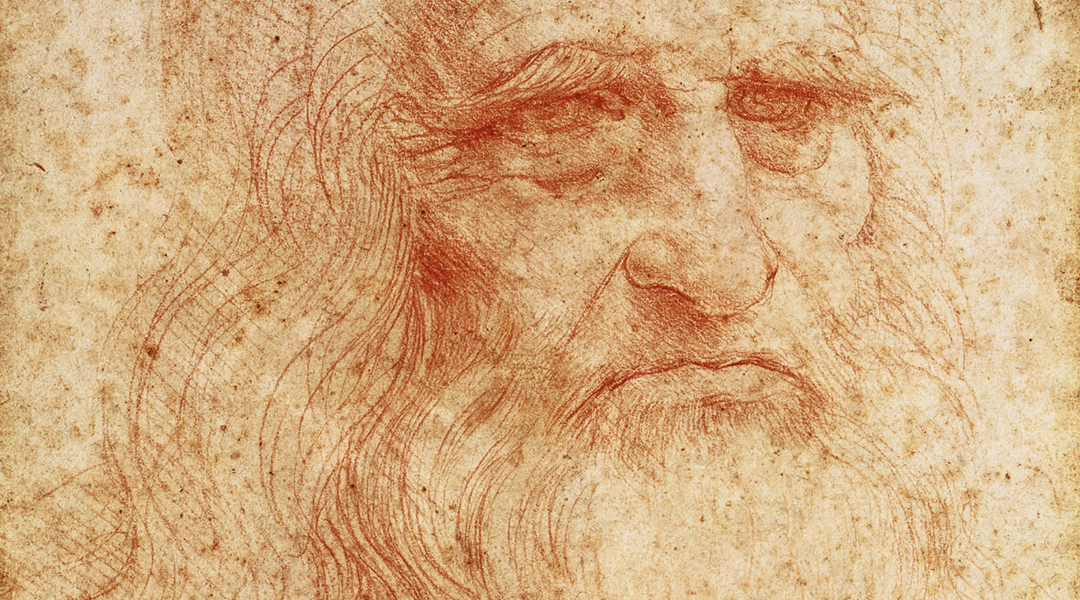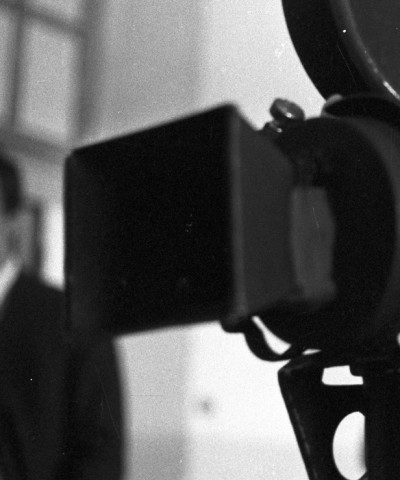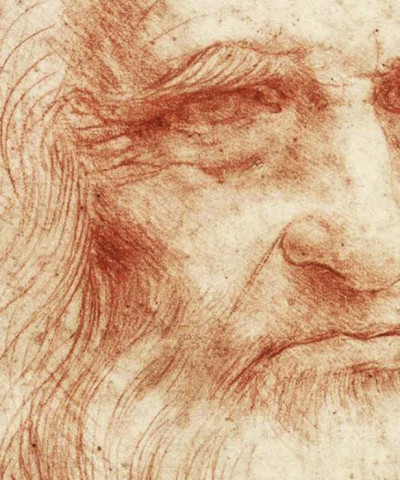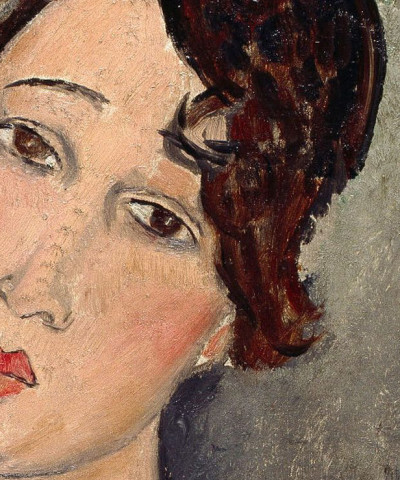The rebel genius
Discovering Leonardo da Vinci, textile engineer. It begins at the Antico Setificio Fiorentino
Amboise is preparing to celebrate the 500th anniversary of Leonardo’s death. This is where the genius from Vinci is buried and there will be major celebrations to commemorate him, many of which will take place in the castle where he lived and worked in the final years of his life, as well as the church where he spent much of his time exploring the mysteries of the world. It was here, in what was then a small town brimming with history, that the genius recalled his homeland of Tuscany when he revealed the secrets of the art of wool production to the local artisans, introducing them to the machinery needed to mechanize the work and transform this craft into a business. His drawings and sketches of textile machinery survive to this day; some of this equipment was personally invented by da Vinci, while others were reinterpreted and automated, allowing them to produce textiles “in series,” like a loom and warper, two key elements in weaving.
The journey, both abstract and concrete, from Amboise to Florence isn’t so long: in San Frediano, the Antico Setificio Fiorentino, today part of the Stefano Ricci fashion house, which acquired the institution and restored it to its former glory, is home to a loom designed by Leonardo himself, which was built and installed in the company in 1786, where it has weaved priceless silks ever since. This machinery is absolutely brilliant, but it’s also a masterpiece of practicality that represents a new idea of interpreting textile production.
Leonardo had two grandmothers from the area around Florence, one in Carmignano and the other in Prato, both textile centres. And it was precisely his observations of the Pratesi at work that inspired him to design textile machinery. It’s said – at times, legends are entirely true – that he long discussed with artisans the methods for working simple woollen cloths, as well as more complex fabrics weaved with a weft and warp, be it wool or silk.
With regards to silk, the discussion was much more limited. Silk was expensive and its history stretched back a thousand years. It came from China and was “born” from a silkworm that fed on mulberry leaves. It was used to dress prestigious noblemen and proud noblewomen, and it was known to occasionally frighten Roman warriors fighting in Asia, where they were dazed by the splendour of the banners that refracted the sun’s rays like burning glass. It also enjoyed great success in Rome, so much so that special permits had to be requested to use it for clothing.
It’s thanks to the Ricci family that we can admire four pages from the Codex Atlanticus at the Uffizi: two with Leonardo’s illustrations of excavating machines designed for making the Arno navigable and two imaginary views of Earth seen from the moon and of the bodies of water on the moon’s surface, all of which are today conserved at the Biblioteca Ambrosiana in Milan, directed by Monsignor Alberto Rocca. The collaboration between the two institutions “offered an exceptional opportunity for the city,” said Eike Schmidt, director of the Uffizi. “A tribute to the greatness of Leonardo,” said Filippo Ricci, “and a tribute to the city.” His son, Niccolò, underlines the importance for Florence of recovering the historic traditions of textile production. And the absolute modernity of Leonardo is demonstrated precisely by the work being carried out today at the Antico Setificio Fiorentino, where historic machinery still in use blends with the craftsmanship and technique of modern production, making each article a unique work of art.
It could be said that today, 500 years later, many of the objects of everyday use both big and small derive directly from his designs, products of a brilliance that never settled for any successes achieved but continued to look to the future. Lakes on the moon, once a fictitious concept, have today been proven to exist; his historic warper and loom are now a reality that has ensured the continuation and growth of textile production, bestowing mankind a less oppressive existence. The major exhibition at the Uffizi vaunting the four sheets from the Codex Atlanticus, strongly desired by Stefano Ricci, was an opportunity to pay tribute to the genius, as well as remember that Florence is moving forward – as always – with immense creative ability, not only undertaking a journey towards the future but anticipating it. Years ago, speaking to a group of new university graduates in Cleveland, Armstrong said, “If Leonardo da Vinci hadn’t existed, we would still be centuries behind.”












